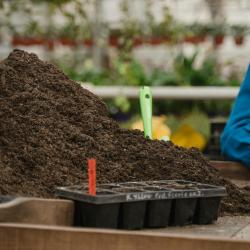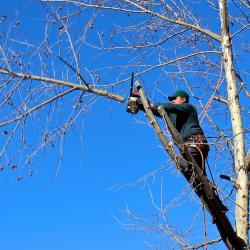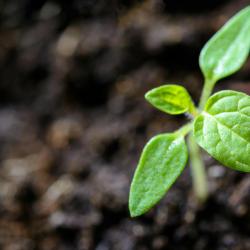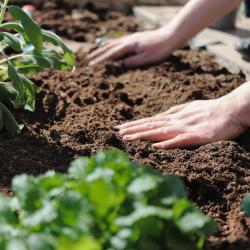Preparing Your Garden for Autumn: Essential Steps
As the vibrant colors of summer begin to fade and a crispness fills the air, it’s a signal to every gardening enthusiast that autumn is on the horizon. Preparing your garden for the colder months is essential not only for maintaining its health and beauty but also for ensuring a bountiful display when spring arrives. As the days grow shorter, now is the perfect time to implement a few key steps that will safeguard your garden and lay the groundwork for the next growing season.
1. Clean and Clear
Begin by taking a tour of your garden and removing any faded annuals and diseased plants. Leaving these in the soil can promote disease and pests, which can carry over into the next season. Fallen leaves should be raked and either added to a compost pile for next year or used as mulch after being shredded. Clearing out your garden beds allows you to assess which perennials may need dividing and ensures good air circulation around plants, limiting the risk of rot.
2. Revitalize the Soil
Autumn is an ideal time to nourish your soil. After removing debris, consider adding a layer of compost or well-rotted manure to replenish nutrients. Tilling the compost into the soil not only enhances its fertility but also improves its texture and encourages beneficial microbial activity. Additionally, performing a soil test can help you identify any specific nutrient deficiencies that can be addressed over the winter months.
3. Plant for Spring
Spring-flowering bulbs such as daffodils, tulips, and crocuses should be planted during the autumn months before the first frost hits. These bulbs need time to establish their roots over winter. For best results, plant them in well-draining soil and ensure they are adequately spaced to prevent overcrowding. Furthermore, consider planting hardy annuals like pansies and violas for a splash of color during the milder days of early spring.
4. Care for Your Lawn
Autumn is also a crucial time for lawn maintenance. Rake fallen leaves to prevent smothering grass and apply a fall-specific fertilizer to promote root growth over the winter months. Aerating your lawn before the first frost can also help improve drainage and root development. Seeding bare patches during autumn gives new grass an early start when the warmer temperatures return.
5. Protect Tender Plants
Protecting tender perennials and newly planted shrubs from harsh winter conditions is vital. This can be done by applying a layer of mulch around the base of these plants to insulate their roots. Using horticultural fleece or placing cloches over particularly vulnerable plants can provide additional protection from frost. Move container plants that are sensitive to cold into a greenhouse or indoor space where they can continue to thrive.
6. Maintain and Store Tools
As your gardening tasks wind down, it’s a good idea to clean, sharpen, and oil your garden tools before storing them away for winter. This practice extends the life of your tools and ensures they’re ready for action come spring. If you have any garden machinery, consider giving them a thorough check-up and making any necessary repairs.
7. Plan Ahead
Finally, while the memory of this year’s gardening is still fresh, take the time to plan for next year. Note what worked well and what didn’t, and consider what changes you’d like to make. Draw up a rough plan of what you’d like to plant, where, and when. This preparation can be both a productive way to spend the winter months and a great motivator as you dream of the garden to come.
Preparing your garden for autumn is a rewarding task that sets the stage for a vibrant and flourishing future. By cleaning up, nourishing the soil, planting thoughtfully, and safeguarding your efforts, you can ensure that your garden is not only ready to withstand the winter but is primed to burst into life with renewed vigor come spring. Happy gardening!






















